Media | Articles
How McPherson College Students Took on Pebble Beach with “a Ramen Budget”
Tiny McPherson College in central Kansas, with its 850 students and 27-acre campus, may never go to the Rose Bowl or get a team into the NCAA Final Four. But it has achieved milestones that no other institution of higher learning can boast: It has put a car on the lawn at Pebble Beach, and it has taken a class award there. For the eager young minds enrolled in the school’s Automotive Restoration Technology program, there is no better trophy to stick in the case. Or, indeed, no better line to put on a résumé.
Among the cars entered in the Postwar Luxury class at the 72nd Pebble Beach Concours d’Elegance this past August was an obsidian-black 1953 Mercedes 300S Cabriolet. It represented the culmination of a 10-year plan by McPherson’s staff and students to enter a student-restored car into the world’s most prestigious concours. The plan was audacious in its conception and unique among plans in that, except for the unplanned class award, it went exactly according to the plan.
“Back in 2013, we did a strategic planning retreat and set a goal of being at Pebble Beach in 10 years,” said Amanda Gutierrez, McPherson provost and vice president, of the auto restoration program. It enrolls about 150 students in a four-year undergraduate degree program that instructs pupils on everything from chrome plating to torquing connecting rods to automotive history, valuation, business accounting, and project management. Alumni go on to jobs in top restoration shops, in museum curation, at auction houses, and as managers of private collections. (Hagerty editor Kyle Smith is a McPherson graduate.)
The next step was to find the right car, one to “challenge the students but not break them,” said Gutierrez. That meant no French art deco bolides with electronic preselector gearboxes and hide-away sliding roofs, but a car elegant and distinguished enough to qualify for Pebble as well as eligible for one of the event’s classes. That narrowed the list of potential candidates. One of the program’s longtime advisors, Massachusetts-based restorer and Pebble Beach regular Paul Russell, suggested the relatively straightforward Mercedes 300S as a good candidate.
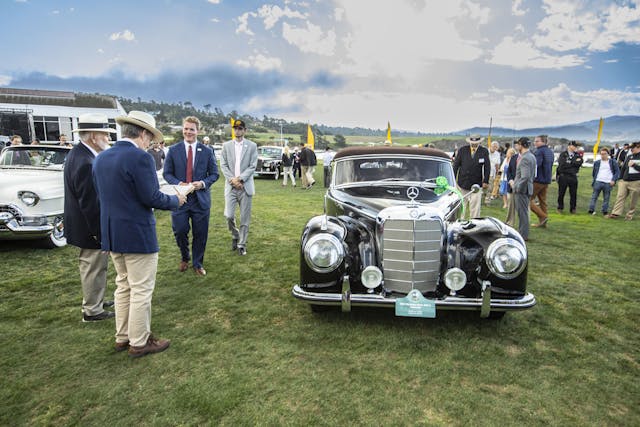
“It was Mercedes’ first clean-slate design after the war and their statement that they were back,” said Brian Martin, McPherson’s director of automotive restoration projects. The imposing 300S sold new for $14,000 in 1953 and, like most other cars eligible for Pebble Beach, is now mostly the province of wealthy collectors. “We were attempting to do Pebble Beach on a ramen budget, but we couldn’t wait for someone to donate a car,” Martin said.
Marketplace
Buy and sell classics with confidence
A three-year search culminated in a 35,000-mile candidate that was complete and came with spare parts and a spare engine, but it needed a thorough overhaul. The sellers, Richard and Mary Hopeman of Pennsylvania, were attracted to the idea of a student project and offered a good price, and a donor stepped in to cover the purchase as well as provide seed money for the project.
The car appeared in unrestored condition at a McPherson event at Pebble Beach in 2016. “It presented much better than it was,” quipped Matt Kroeker, a 2023 McPherson grad from Longmont, Colorado. He was a freshman in high school when the project started and completely unaware that a 70-year-old Mercedes would come to dominate his young life and launch his career. He heard about McPherson from a Fox News item, and when he arrived at the school in 2019, the car was in bare metal and bits were scattered all over the school’s workshops.
As is the case with the restoration of any special, limited-production car, there were problems. It took three years to find a replacement windshield. There was trim that didn’t fit, U-joints that unexpectedly failed, electric windows that wouldn’t wind, and sheet metal perforated by rust and damaged in long-ago accidents. The school deemed it important to pay the students for their work, so it was treated as an extra-curricular internship rather than as classwork.
Once the restoration was completed, there was the monumental task of getting the car accepted to Pebble Beach. The selection committee is notoriously finicky as it winnows down hundreds of applications to a field of around 220 cars. Only six spots were allocated to the Postwar Luxury class. “We were told there was no preferential treatment,” said student Jeremy Porter, who is due to graduate in 2024. “We were on pins and needles like everyone else waiting for the word. We kinda bet the house on it.”
The bet paid off, and the Mercedes was driven by students onto the lawn at dawn last August 20 among a fleet of peers ranging from priceless Figoni-bodied Delahayes to Murphy-bodied Duesenbergs to short-wheelbase Ferrari 250 Berlinettas. There were two other Mercedes 300s in McPherson’s class, as well as a one-of-two 1953 Ghia-bodied Cadillac and a one-off 1955 Chrysler Imperial convertible built for the then-president of Chrysler. When the judges in their straw hats and blue blazers came to poke and prod the Benz, students showed them the car as an unusually large crowd looked on, at least some of it composed of 120 parents as proud as any you would find at a big-time college football game.

At Pebble Beach, all cars are awarded 100 points and the judges deduct from that for mechanical issues, restoration errors, or preparation oversights. The sweat and effort of all the students were good enough to win the Mercedes a second-in-class, which did not make it eligible for Best of Show—only class winners have a shot at that—but is nonetheless a high honor for which many aspiring Pebble Beach entrants have liquidated much greater fortunes without success.
Nobody at Pebble beat the McPherson team on enthusiasm and spirit, which thankfully still counts for something even in an event as fueled by money as the Concours d’Elegance. Speaking of which, the school, which launched its automotive tech program in 1976 but ramped it up considerably with the help of Jay Leno in 1997, recently announced that it has raised a startling $1.5 billion in endowments. Ideas being floated are a second campus and an engineering program.
The Mercedes will be a gift that keeps on giving for those who worked on it. Some 200 students contributed to the restoration over seven years, 40 or so at any one time. The car was challenging enough, even with help from school advisors and the Mercedes-Benz Classic Center, and the students learned skills that will serve them well after graduation. Indeed, several said they were being recruited by shops even before they had graduated.
***
Check out the Hagerty Media homepage so you don’t miss a single story, or better yet, bookmark it. To get our best stories delivered right to your inbox, subscribe to our newsletters.
Want more? Be part of the movement and join the Hagerty Drivers Club.
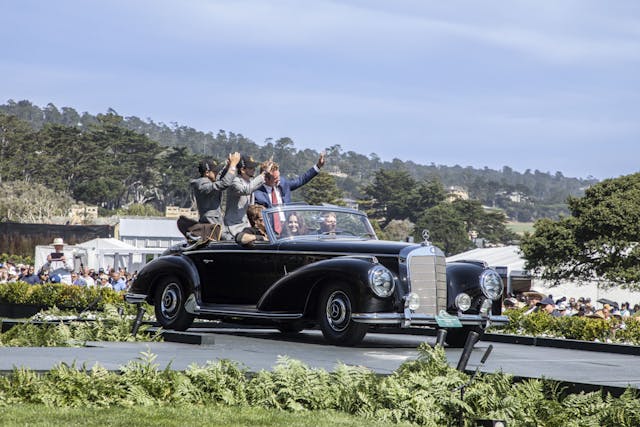
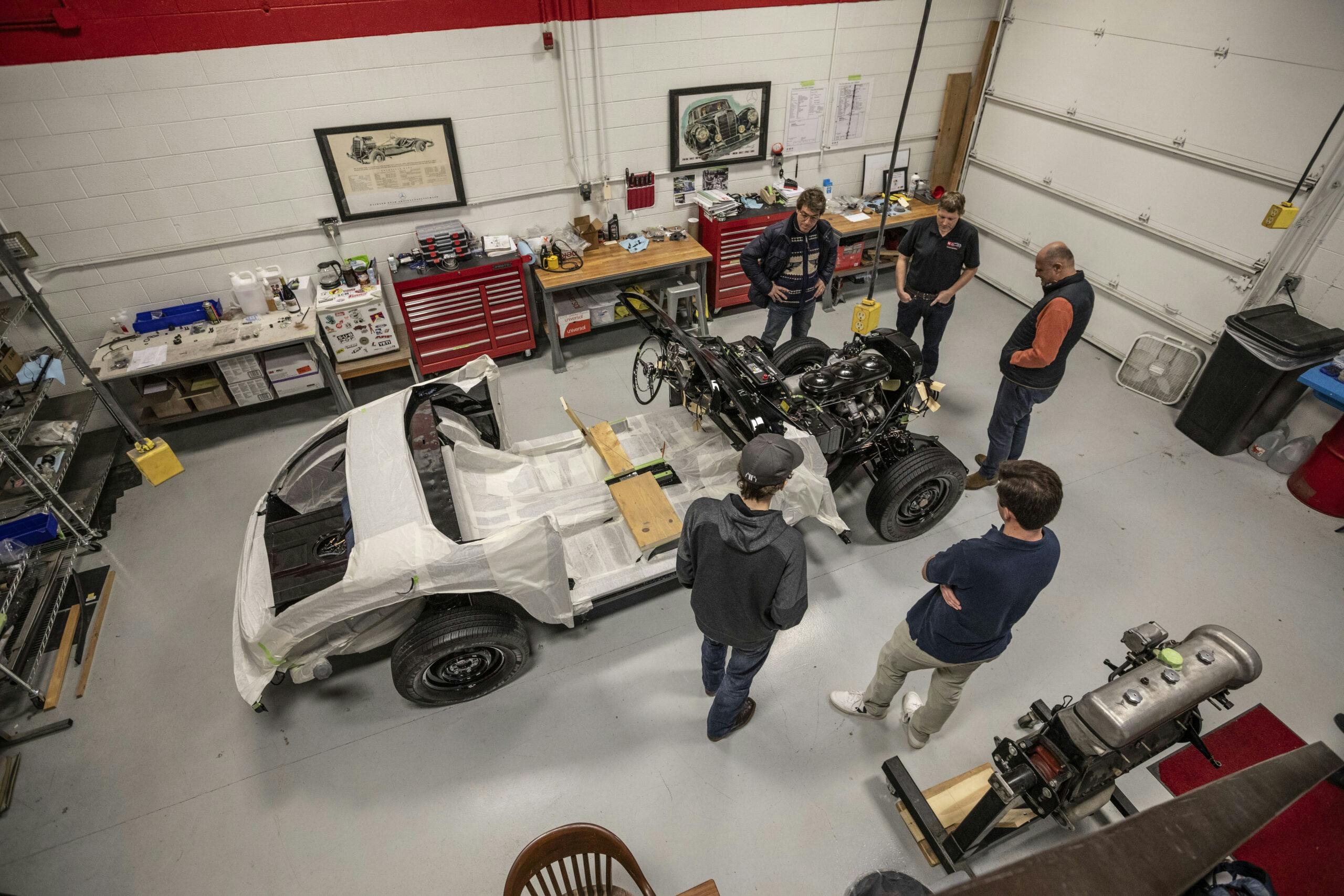
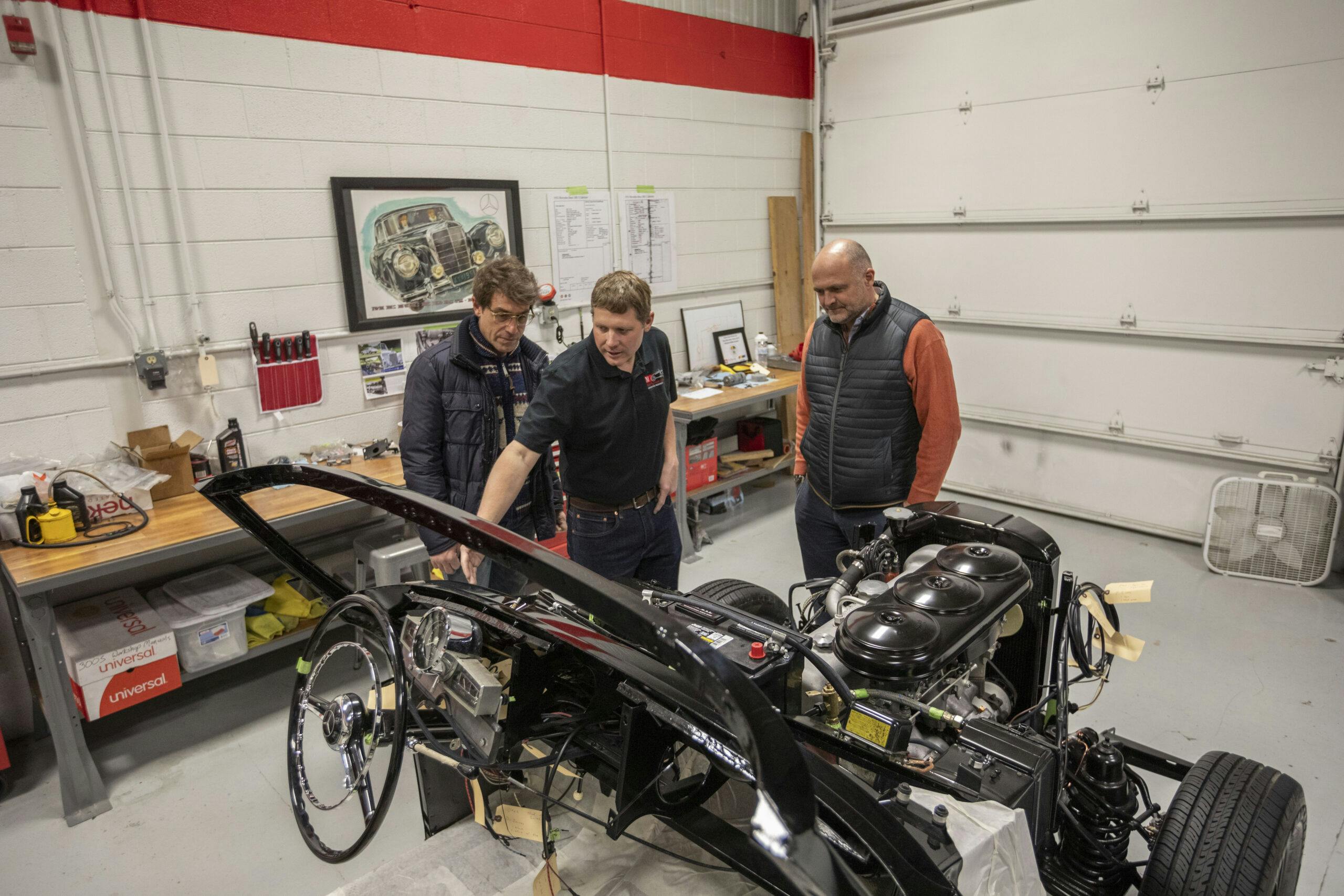
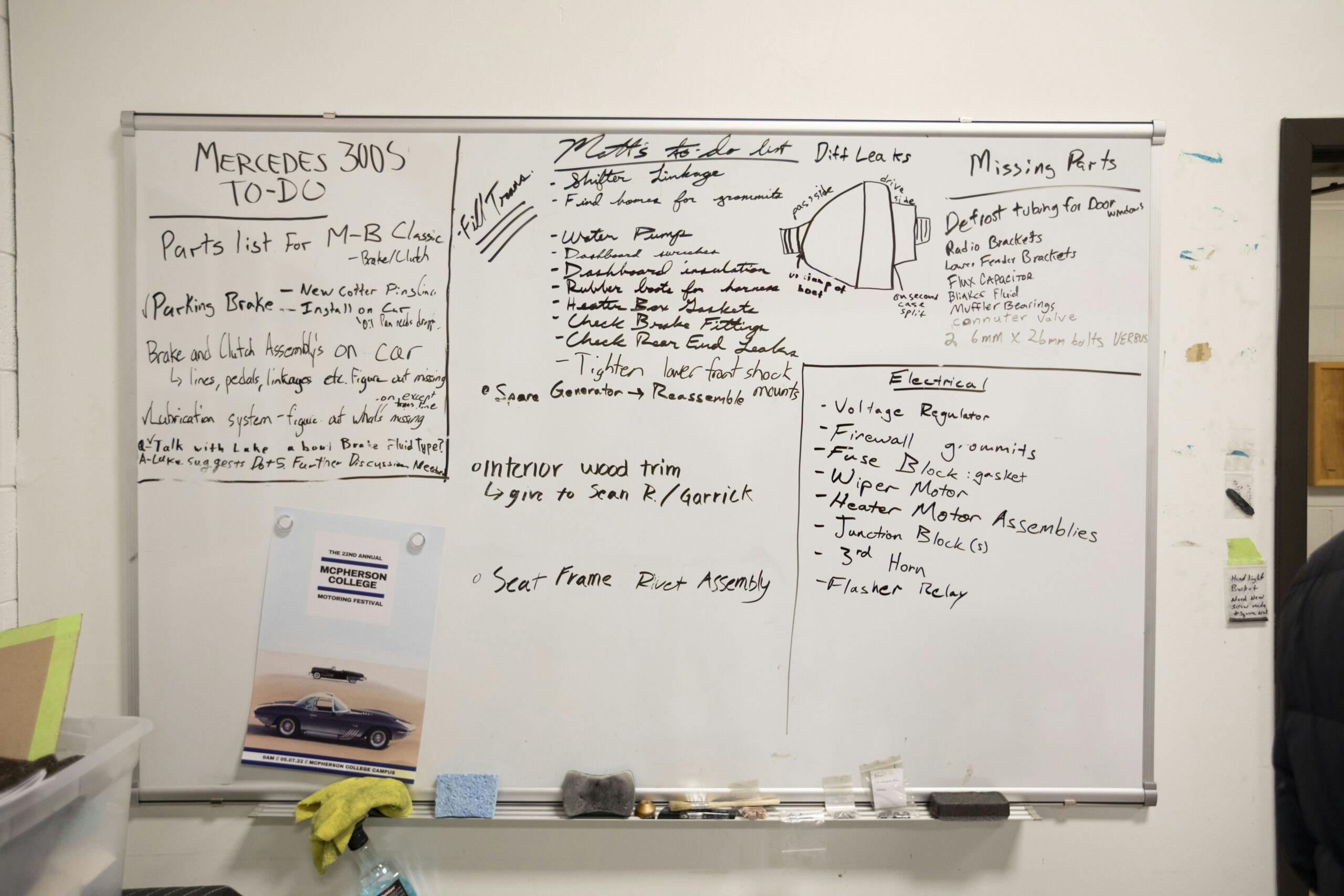
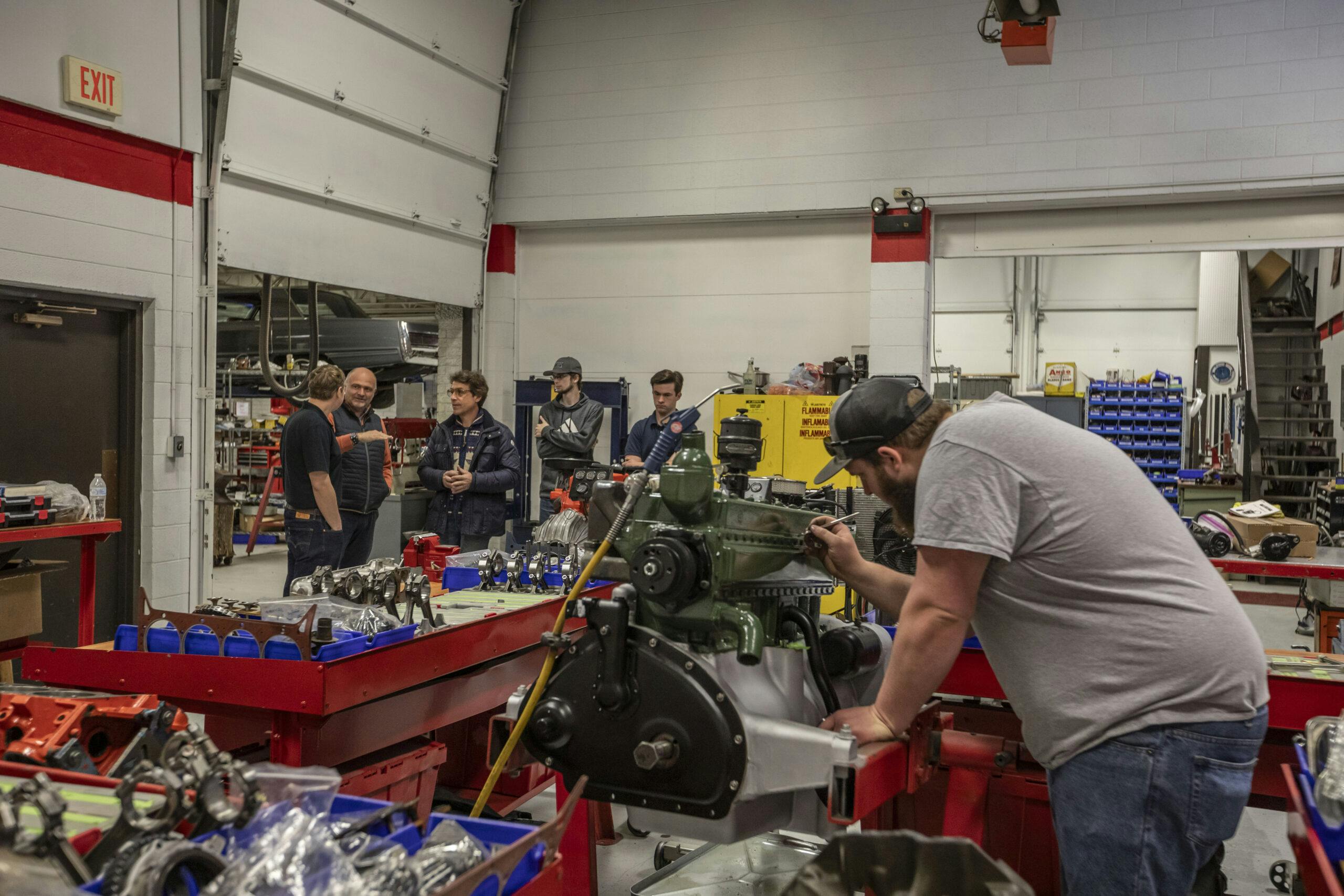
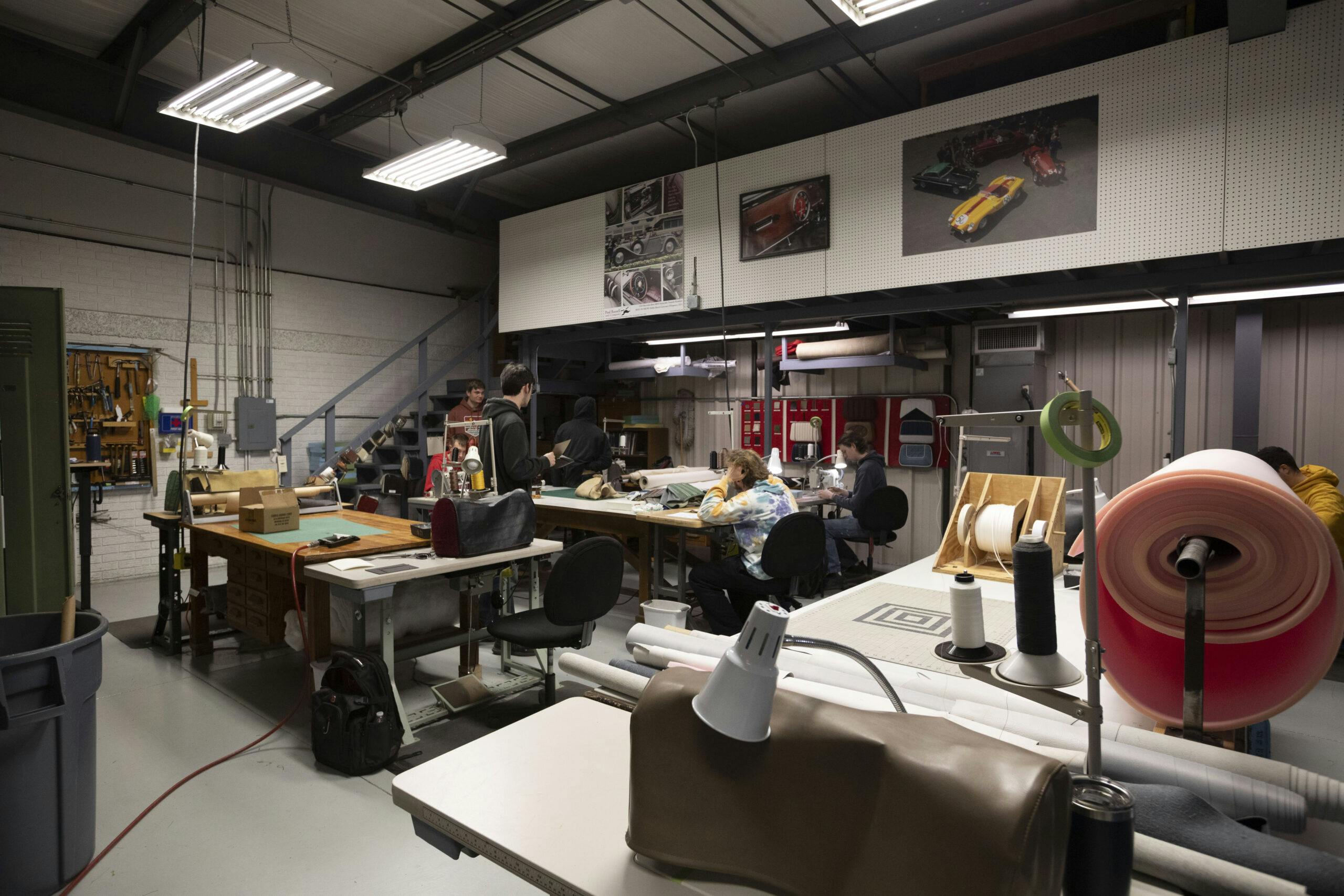
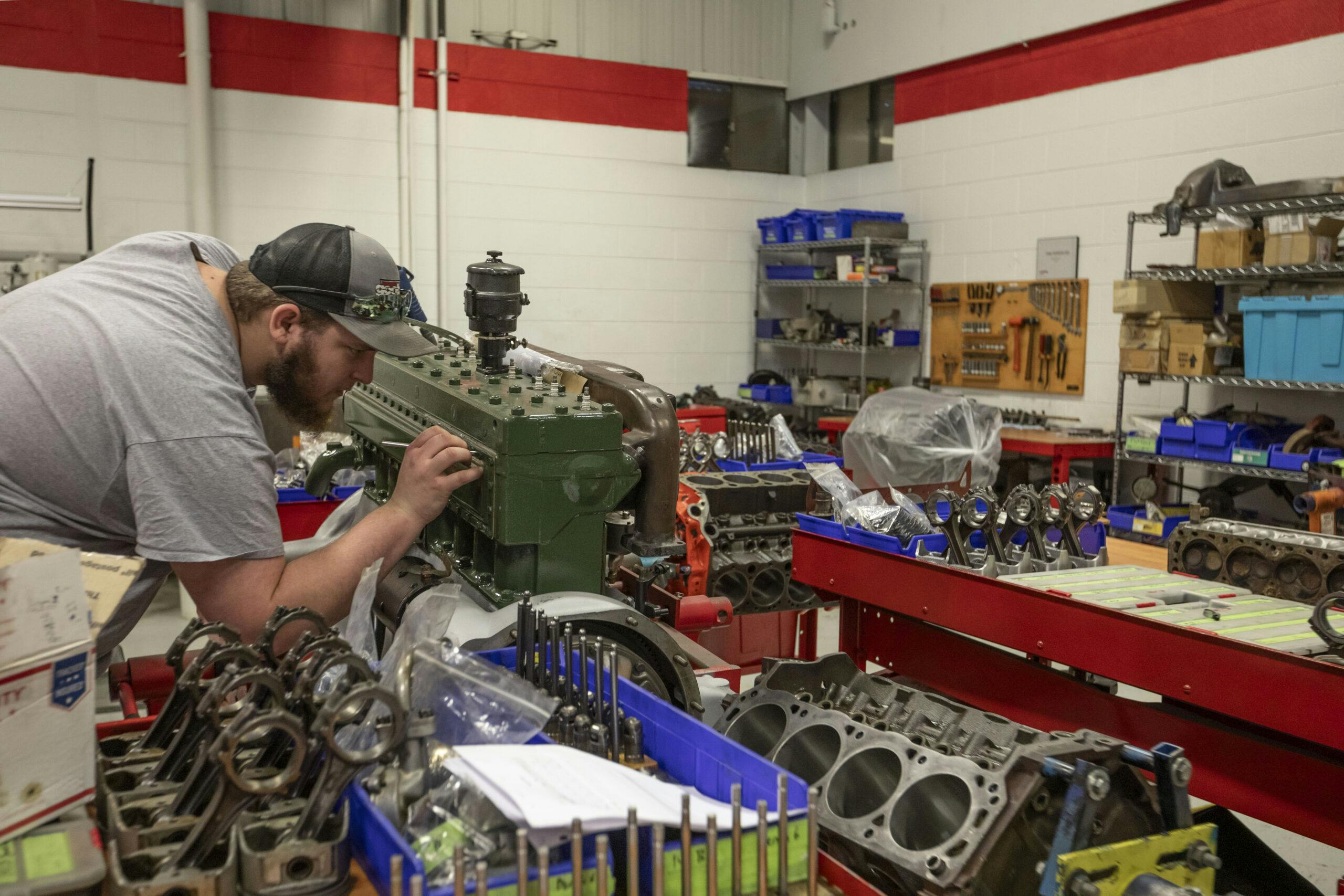
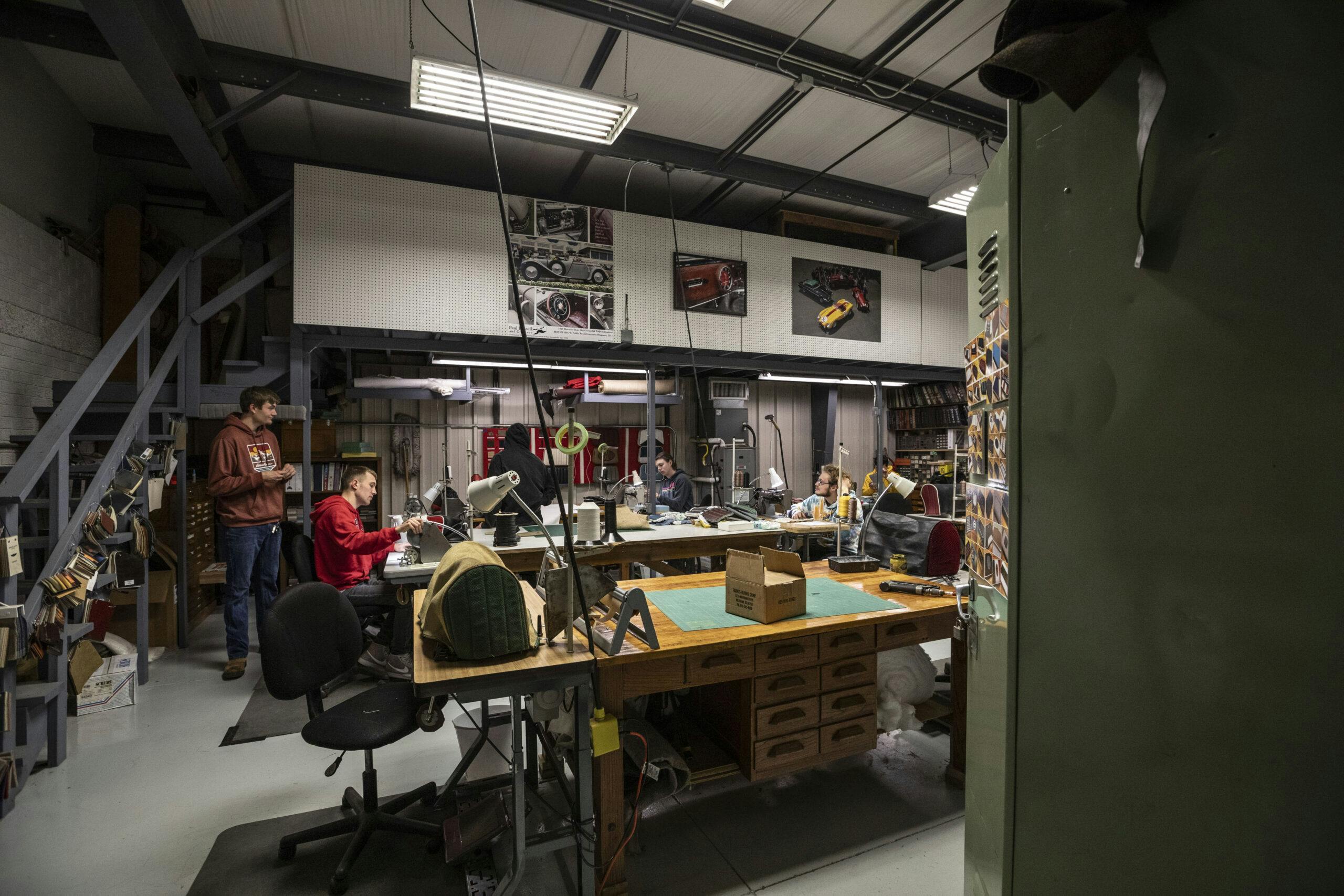










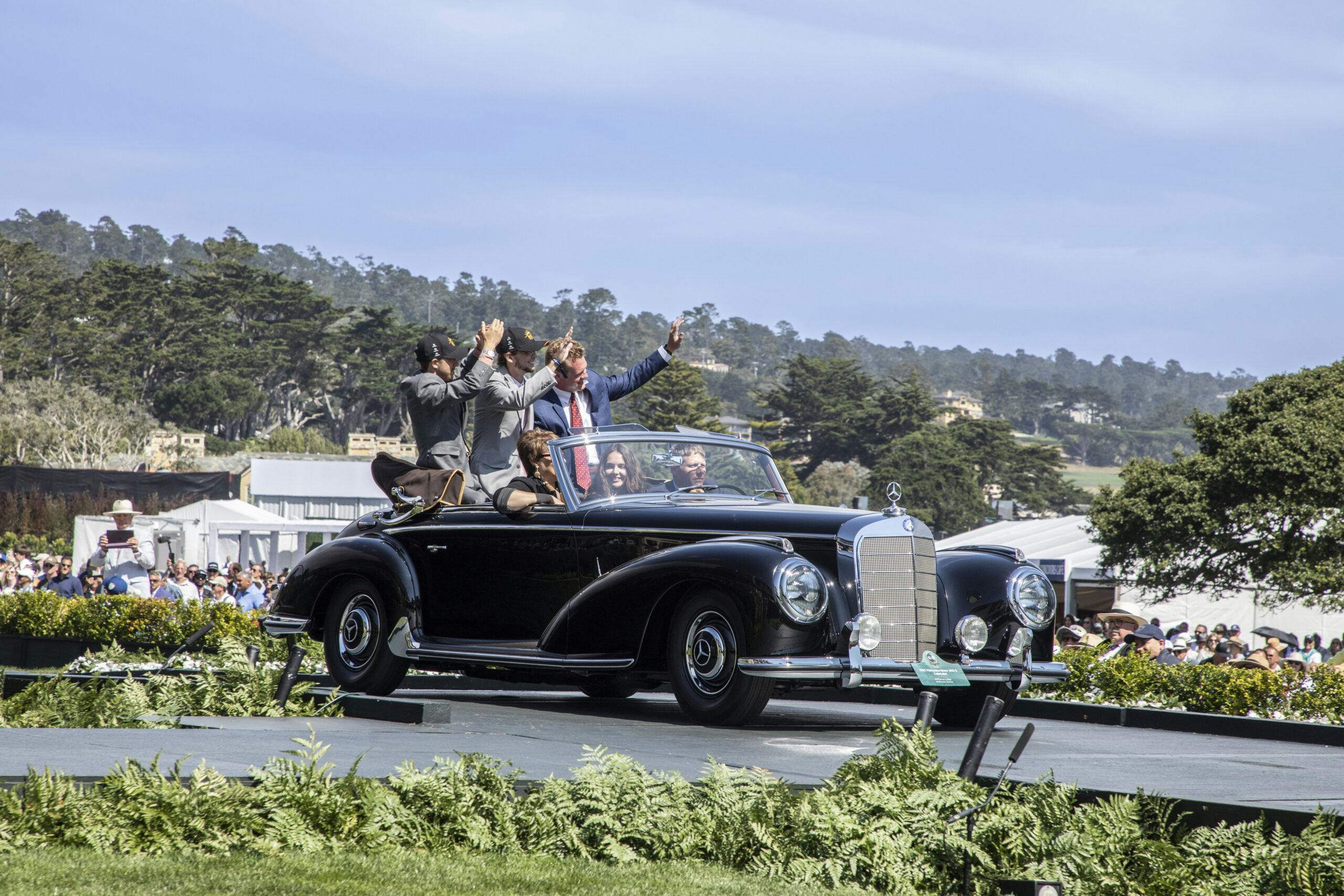
It would be great if they could start a car with each class and upon graduation they could show at Pebble Beach. This was great but so few who worked on it got to be at the event.
Just the experience of the event is a win.
I agree that would be great!
However, as an ex-teacher in a shop program (high school) I know that the number of hours that you are able to extract from students without negatively impacting their other studies is not a lot.
Any restoration takes a lot of hours and one like this would require dump trucks of them! I was glad to read that they treated it as a paid internship program. That would have really helped with participation and continuity.
I’m not ashamed to say that every time I read about this project I get all teary-eyed.
I’m so proud of them even though I have never met a single one!
This continues to give me goosebumps. Such a great accomplishment and testament to careful planning, patience and perseverance.
The story of those students is so uplifting, particularly for us that have been gear heads for many decades and love really well done restorations
I concur with Ken and Wendy Anne. Just seeing the size of the endowment was so emotional for me it brought tears to my eyes. Bravo, McPherson, well done!
As a veteran Auto Shop teacher I think this is an amazing achievement. Those students will have lifetime memories and pride in what they accomplished.
All credit to the students and the McPherson program. But another side of the coin…. Pebble Beach – I’d say – has some incentive to reward such a resoration. Reason? you ask. The expense of the traditional way to restore such a car to PB standards is prohibitively expensive except for million and billion-aires. PB finds themselves playing to a limited demographic even as a newer geneartion of teenagers and twenty-something’s with an interest in these cars and their restoration shrinks w/each decade. Thus, an alarming situation of a limited number of participant enthusiasts and the prospect of even fewer in the future. What to do about that? Reward the efforts of the generation you need to continue having a concours. But PB didn’t get to be what it is without a tankful of high octane saavy.
Oh come on… You can’t be serious with that conspiracy theory.
That team and the car they built did not receive a participation award. They worked hard and restored a beautiful automobile that the judges of Pebble Beach appreciated and thus awarded their efforts. If you want to minimize that kind of effort you should do it while holding your Pebble Beach best in class award for the car you restored. I’ll wait patiently.
If you’re commenting on KenV then I think you missed the entire point of his rant and should re-read it. He was pooh-poohing PB and the way they’ve done things in the past. He was also telling the PB folks to do what they can to encourage the young as the current PB goers are dying off quick.
No “conspiracy”, my friend, unless you rate marketing and promotion and brand management as such. No minimizing either. Indeed I began with saying the students and the program should be credited for their efforts. The second replyer, Jeff, got it I’d say (except I don’t think of my remark as a “rant.”
Someone should make this into a movie.
Teach the young people how to use their hands… and good things happen!!
There needs to be more emphasis put on the trades…
It’s such a good story it’s great to read it again.
What a great story! something that will stick with the past & present students for the rest of their lives.
Any hint at what will happen to the car going forward?
“Any hint at what will happen to the car going forward”
Hopefully it will go forward avoiding potholes, other obstacles, and other vehicles, with class.
😁
Yes – this is great – a Netflix documentary would be inspiring.
Beautiful story. Makes me smile. What does the future hold for this masterpiece?
Did Vo-Tech Auto Body the last 2 years of high school. One of the best things I ever did.
This is a great idea, and thanks to Jay and all those who give and teach. Godspeed to those students
Here is a preview of the upcoming documentary: https://youtu.be/oziTbaTf864?si=DHpv0KrYRvAP-tE8
It would be nice to see them build a 1932 Ford roadster for a shot at America’s Most Besuiful Roadster or the Ridder Award.
Sadly, the AMBR — and especially the Riddler — have become the ultimate expressions of extreme checkbook builds. When you’re dropping a solid six figures on chrome — and an even larger sum on paint — creativity and workmanship are overwhelmed by the wretched excess created by rich guys vying to outspend each other. They are no longer venues where mere mortals can compete.
That said, these competitions have produced some of the most brilliantly original concepts: my favorite will always be the Ferrari-powered mid-engined Rambler station wagon.